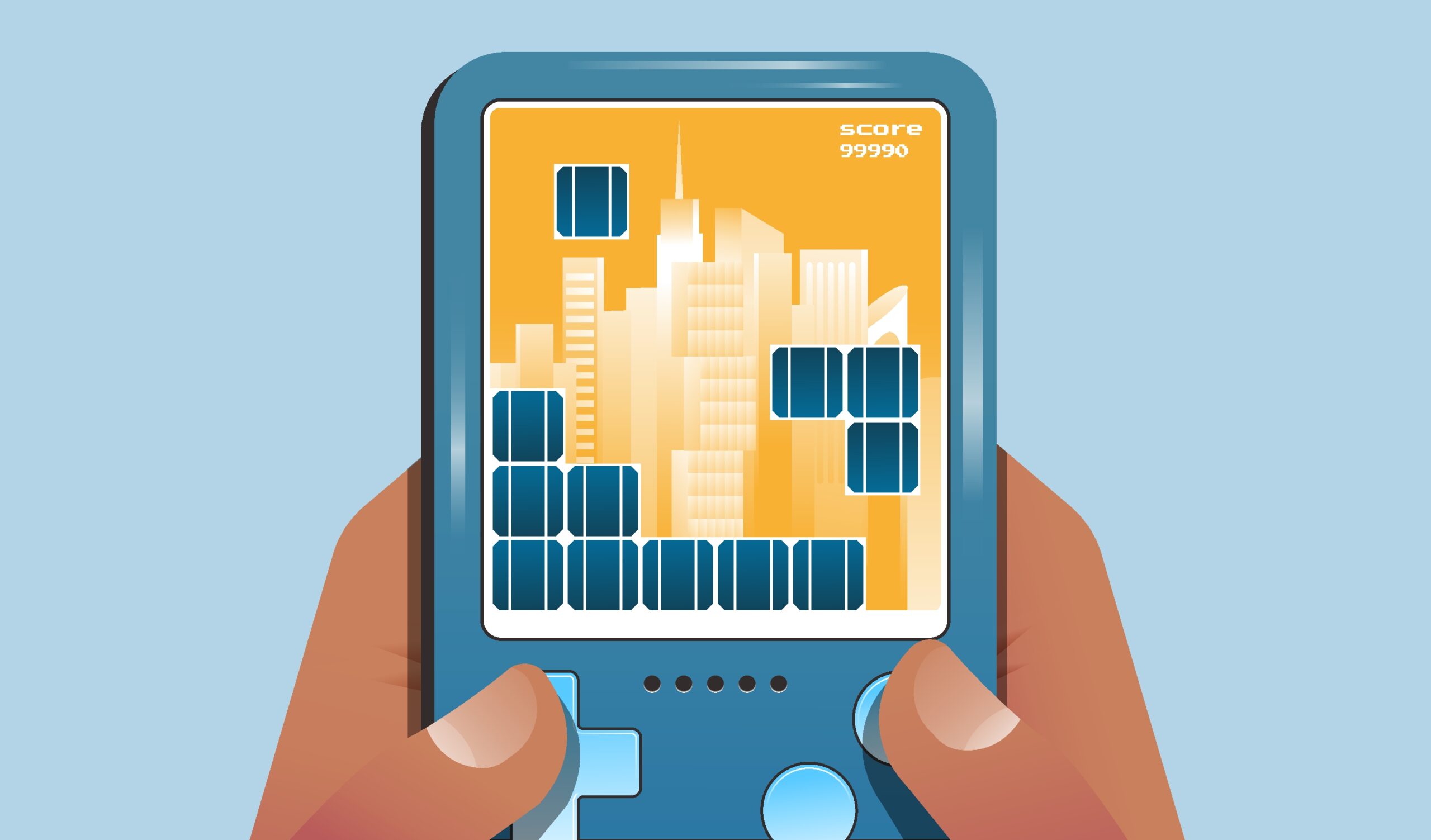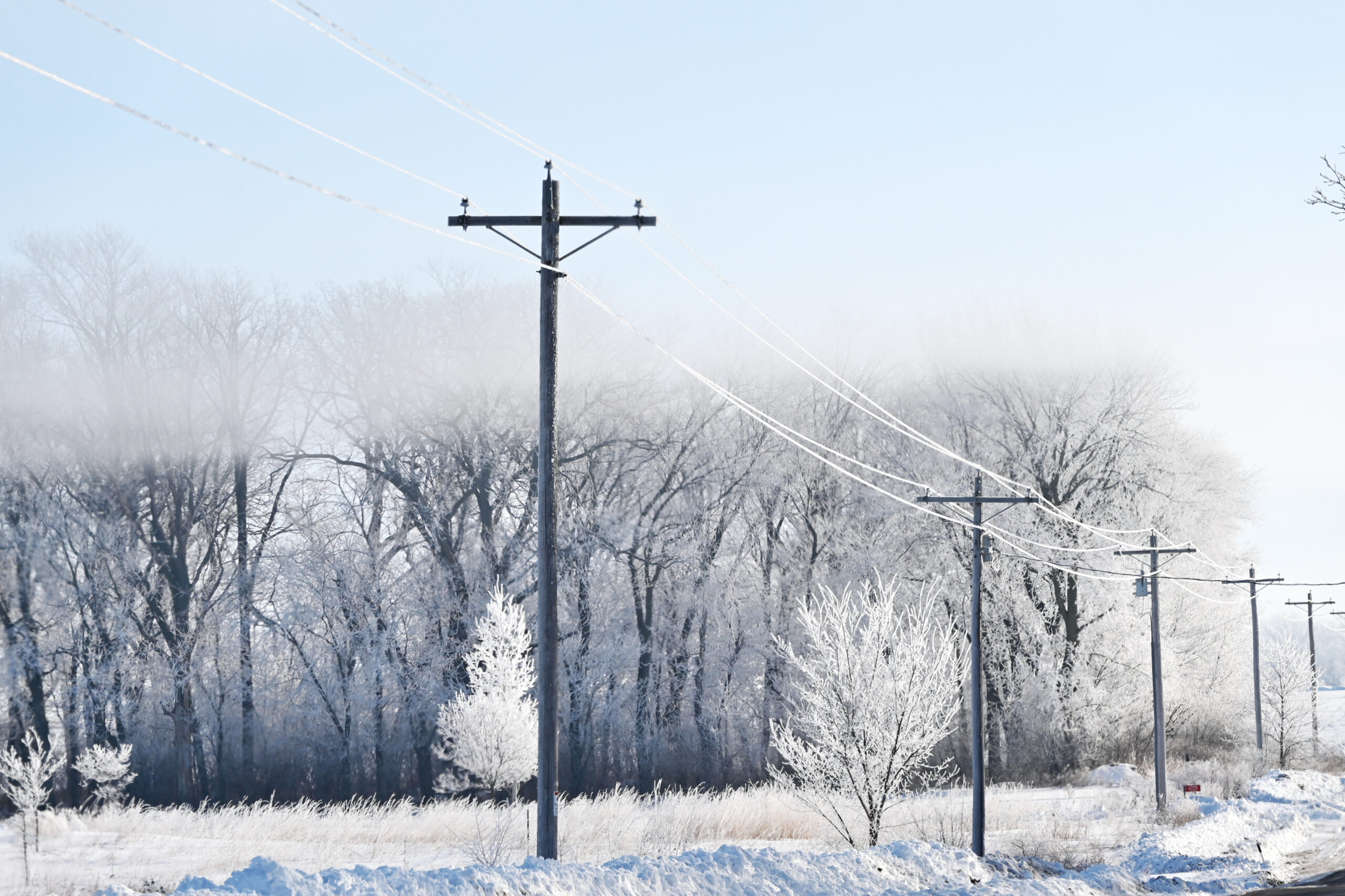Whether it’s developing a demand response program or an EV charging pilot, one of the biggest challenges in designing a utility program is understanding the potential audience. The conventional wisdom remains that most utility customers do not care about their energy usage and that customers are mostly indifferent to new program rollouts. But there is new research that not only discusses the misguided nature of dismissing customer behavioral demand response but also establishes a new way of thinking about utility customers and how to segment them for utility program success.
Research released by the Smart Energy Consumers Collaborative (SECC) in June 2019 and discussed by a T&D World article explains a model entitled the “Segment Favorability Continuum.” The model acknowledges different customer attitudes, preferences, and motivations that will help utilities develop customer segmentation strategies in an increasingly customer-centric business landscape.
Also supportive of this line of thinking, the Energy Law Journal details a trend across a wide spectrum of industries that reveals how consumers are putting higher demands on companies. The energy sector is no exception – a growing number of electricity customers expect more from their electric utility than in the past, desiring services such as energy efficiency programs and self-generation capabilities. So how can utilities use this new segmentation strategy to effectively gain and retain different types of customers?

Green Innovators
Comprising around 20% of the general population, the environmentally-friendly Green Innovators are very conscious of their energy consumption choices. They are willing to pay higher prices for technology and services that will improve their energy efficiency and clearly understand the value of sustainability. Demographically, these Green Innovators tend to be tech-savvy, younger, and higher-income civilians who are living on the West Coast.
According to the SECC study, 70% of Green Innovators are interested in receiving bill credits when they reduce usage during peak times – this is a great opportunity for utilities to implement a program that does just that. Alternatively, utilities can invest in solutions that allow customers and utilities to monitor smart home devices and reduce energy consumption during peak periods. Utilities that provide apps and portals for customers to track daily device usage will be especially attractive to this tech-savvy group. Additionally, this segment is likely to be interested in residential solar and wind generation. Utilities with a platform to manage these DERs can ensure greater grid reliability and customer satisfaction.
This is also a useful group to include in energy efficiency pilot programs because they are willing to engage with utilities and can offer useful suggestions for utility program improvement.
Tech-Savvy Proteges
25% of all consumers, Tech-Savvy Proteges do have environmental concerns, but their interest in energy efficiency is more motivated by potential savings. They may not engage with many smart home technologies currently but are likely potential buyers. This group tends to be younger homeowners with the highest electricity bills.
Because this segment is largely motivated by savings, utilities should appeal to this group by promoting real-time information and pricing that allows customers to control their energy usage and thus their bills. By offering these innovative smart home technology-based cost-saving programs, utilities can provide that extra push Tech-Savvy Proteges need to purchase technologies like smart thermostats, water heaters, and washing machines that will benefit both parties.
Movable Middle
As the largest of the consumer segments, the Movable Middle includes 29% of all customers. They have some concern for the environment as well as concern for their energy bills but are not very interested in using technology to manage energy use. The Movable Middle usually involves slightly older residents who want to stay put in current homes.
As their name suggests, this segment can be swayed through education and engagement. Utilities should develop promotional content and host events like energy literacy workshops to discuss how this group can help the environment while lowering their bills. Showing customers data and statistics about the potential benefits of such a utility program plays a large role in any convincing argument, so utilities must have data collection or display to show customers the advantages of load shifting, energy management automation, and potential rebates.
Energy Indifferent
The Energy Indifferent, 26% of customers, are challenging to engage because energy-related matters are not a priority. They are not very interested in energy efficiency utility programs or smart home services, and just want to have electricity to power their homes. Demographically, this segment is likely to be slightly older and less tech-savvy than other segments. Those in the Energy Indifferent segment are also often lower-income and more cost-conscious, focusing mostly on keeping bills as low as possible.
Because this segment is not very interested in technology and likely will never be, utilities can take a different approach to satisfy their main desire to keep costs low. One idea on how to do this would be to launch simple educational initiatives such as mailed one-page infographics. These infographics would provide relevant tips on how to decrease the bill, including suggestions like using washing machines during off-peak hours to reduce those peak charges.
Utility Program Conclusion
Every utility customer is different, but segmenting customers effectively can help utility program managers ensure that their tactics are tailored and drive the most value for both the customer and the utility.







